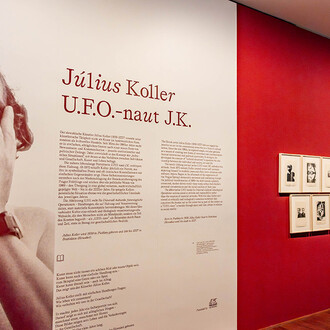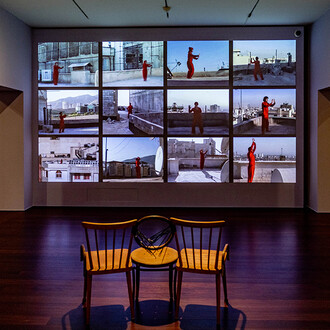Several oil portraits of the Salzburg archbishops were mentioned already in the first annual report of the then Municipal Museum, also portraits of Elector Ferdinand of Tuscany, the Bavarian king Maximilian I, and the Austrian emperor Francis I, which documented the latest events of the time in Salzburg’s history. Collecting paintings has always played a central role in the acquisition policy of the Salzburg Museum. In 2001, the entire Painting Collection was divided up into two sections; there was a hiatus in 1800, so that the collection with paintings dated up to 1800 contains examples from the Middle Ages as well as the Early Modern Age and the Baroque era up to the end of the 18th century.
Several oil portraits of the Salzburg archbishops were mentioned already in the first annual report of the then Municipal Museum, also portraits of Elector Ferdinand of Tuscany, the Bavarian king Maximilian I, and the Austrian emperor Francis I, which documented the latest events of the time in Salzburg’s history. Collecting paintings has always played a central role in the acquisition policy of the Salzburg Museum. In 2001, the entire Painting Collection was divided up into two sections; there was a hiatus in 1800, so that the collection with paintings dated up to 1800 contains examples from the Middle Ages as well as the Early Modern Age and the Baroque era up to the end of the 18th century.
The acquisitions in this collection are sparse and based on market availability and the exigencies of the budget – bequests are rare in this field. A concrete acquisition policy is not possible because of the scarcity of means. One of the most important new acquisitions of recent years is a view of the City of Salzburg from 1599, which shows the oldest painted view of Salzburg and was purchased with funds from the Salzburg Museum Association.
The Painting Collection is a central item in exhibition policy; hardly an exhibition is held without the inclusion paintings. The paintings are also much desired as loan objects by other museums. In particular the portrait collection is valuable apart from its worth as portraiture in presenting a fascinating art-historical overview across three hundred years of Salzburg history.
















